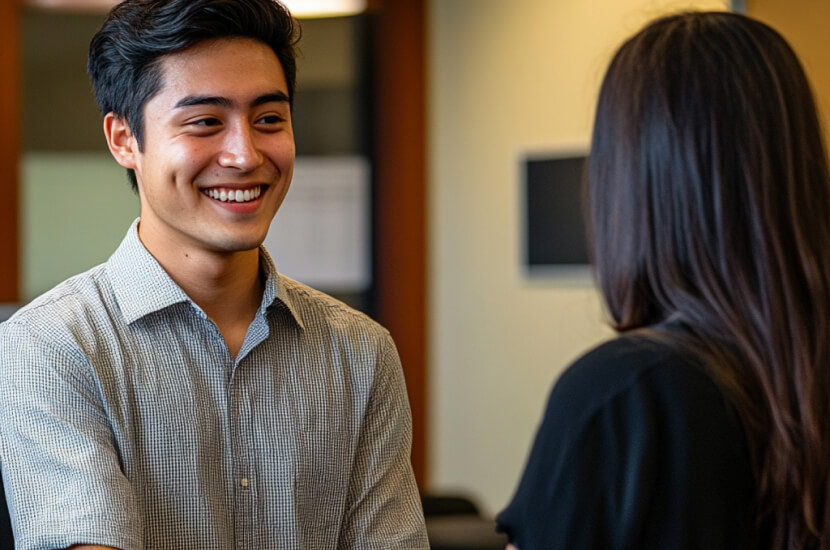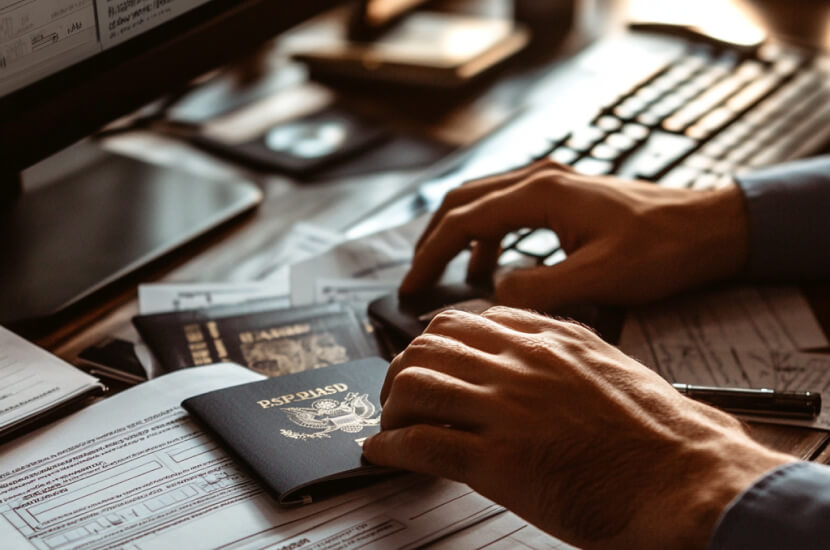Navigating your F-1 visa obligations
To ensure you remain in compliance with your F-1 visa status throughout your stay in the United States, it’s crucial to understand and adhere to several key requirements and responsibilities.
Reporting to your designated school official (DSO)
Upon arrival in the U.S., you must report to your designated school official (DSO). The DSO will confirm your arrival and update your status in the Student and Exchange Visitor Information System (SEVIS).
Keeping your personal information up to date
Maintain accurate personal information in SEVIS. This includes updating your DSO with any changes to your address, major or contact details within 10 days of a change.
Enrolling in a full course of study
You’re required to enroll in a full course of study each academic term. This typically means a minimum number of credit hours as defined by your institution. Failure to maintain full-time status can jeopardize your visa.
Seeking employment authorization
Before seeking any form of employment, ensure you have the necessary authorization. On-campus employment is generally permitted, but off-campus employment, including internships and practical training, requires prior approval from your DSO and, in some cases, the U.S. Citizenship and Immigration Services (USCIS).
Applying for program extensions
If you need more time to complete your program than initially granted, apply for a program extension before your current Form I-20 expires. Extensions must be processed through your DSO and SEVIS.
Transferring schools or changing programs
If you decide to transfer to another institution or change your program of study, notify your current DSO and follow the proper transfer procedures. This includes obtaining a new Form I-20 from the new school and ensuring SEVIS is updated accordingly.
Complying with grace periods
Upon completion of your program, you have a 60-day grace period to prepare for departure from the U.S., transfer to another institution, or change your visa status. Use this time effectively to ensure a smooth transition.


